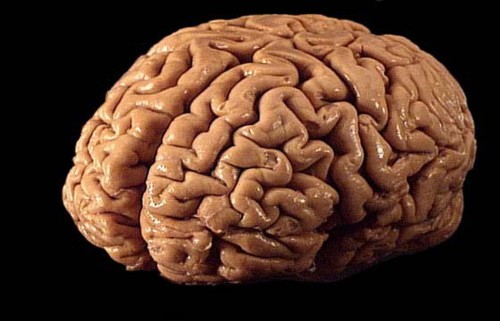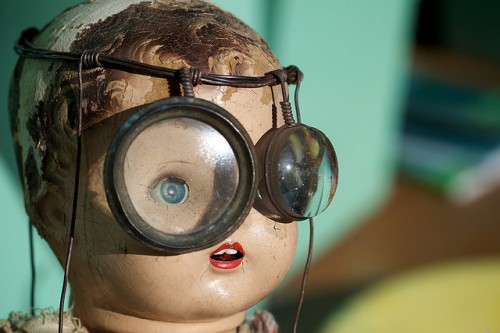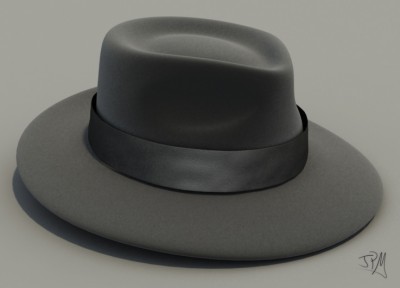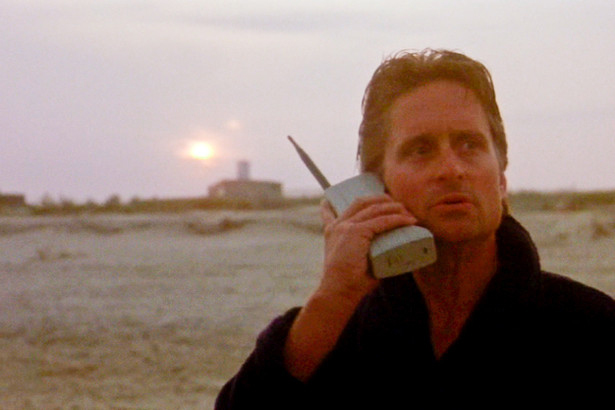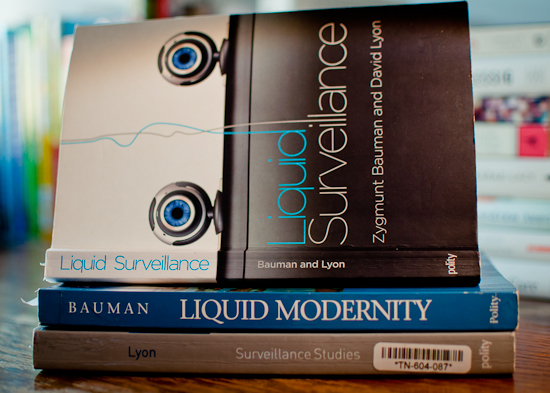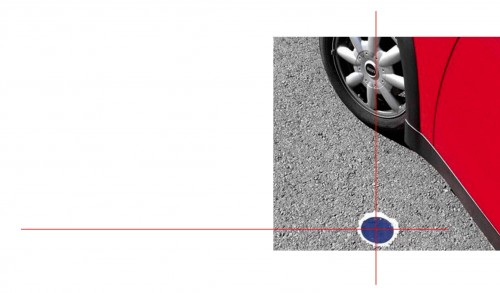My feeds this week kept popping up with a bothersome headline, stated in a variety of ways: Smartphones are Making Us Stupid, Technology is Making us Lazy, Does Smartphone use Decrease Intelligence?
The University of Waterloo released a paper this week that was originally published in Computers in Human Behavior back in July. Titled The Brain in your Pocket: Evidence that Smartphones are used to Supplant Thinking, the authors find a negative correlation between cognitive functioning and the use of search engines via smartphones.
The authors refer to smartphones as an “extended mind,” and make causal claims about the effects of this technological extension upon the current and futures state of human cognition. Namely, they predict that increased use of smartphones to gather information will indulge the human tendency towards lazy thinking, and we will become increasingly reliant upon devices. That is, the authors predict an outsourcing of critical thought. It’s kind of scary, really.
But before the phone stackers triumphantly proclaim that they told us so! Let’s look more closely at the research and the underlying assumptions of the research question. more...

